Significant headway has been made in the gaming peripherals markets over the past few years thanks to new technologies, fierce competition, and improved quality standards. Gamers can now find impressive products from both household names and brands they may not recognize. Marsback likely falls into this latter category for you, but the company’s custom gaming mouse is something decidedly unique with some serious potential. The Marsback Zephyr Pro is a lightweight gaming mouse with a built-in fan that cools the palm, and we received one for review.
The Marsback Zephyr Pro comes complete with quality components, RGB, software support, and even onboard memory as well. So does this mouse deserve a spot on your desk, or is the marketing pitch just a bunch of hot air?
Plenty of ideas come and go in PC gaming, but occasionally, something decidedly different comes along that’s more than just intrigue. The concept of using a mouse with a built-in fan sounds absurd at first, but in reality, it’s quite wonderful to use. In fact, Marsback has been developing this concept for a little while now. The original Zephyr model pioneered this idea, and the Zephyr Pro is the successor to that first design.
The Zephyr Pro features reduced fan noise and vibration, along with a suite of added features we’ll get to later. Furthermore, the Zephyr Pro costs 40% less than the original model, putting it at $59.99 USD. While not cheap in terms of gaming mice, it offers something no other device has at this time. And true to the marketing, the built-in fan effectively cools the palm and reduces sweat, making for a comfortable gaming experience.
Marsback Zephyr Pro RGB gaming mouse specs
We’ve compiled the most relevant bits of information, but you can always find more on the Marsback website. This table offers a quick look at the Zephyr Pro specs and features, followed by additional context to help distinguish this mouse amid the competition. We also cover what’s in the box, feature viability, ease of use, thoughts on the build quality, and how the overall experience stacks up.
| Feature | Description |
| Color and finish options | Black or white, light gloss |
| Handedness | Right-handed |
| Sensor | PixArt PMW3389 |
| DPI range | 100-16,000 |
| # of buttons | 6 + 2 on bottom |
| Primary switches | Omron Mechanical – 50 million clicks |
| RGB lights | Perimeter strip, scroll wheel, fan housing |
| Software support | Yes |
| Connectivity | USB 2.0 Type-A |
| Report rate | 1,000Hz (1 millisecond) |
| Onboard memory | Up to five profiles |
| Cable | 1.8m/6ft braided |
| Weight | 69g |
| Weight tuning | No |
| Warranty | One year |
| Price | $59.99 USD |
Marsback put some thoughtful effort into the packaging of this product. The Zephyr Pro comes in a box that opens to an angled edge. Inside, you’ll find the mouse along with a basic user manual and spec sheet, as well as information on how to contact customer support for things like warranty claims. There’s also a thank you card, some stickers, and a discount code for 10% off a future order.
General features
The main selling point for the Marsback Zephyr Pro gaming mouse is clearly the fan, but there’s plenty of good hardware and features that make this mouse more than just a hand fan that clicks.
The burning question most gamers likely have in regard to Zephyr Pro is whether the fan adds value or is just a marketing gimmick. It absolutely works, providing an impressive amount of airflow for its size. Marsback tuned it to be functional, though it’s not without some minor tradeoffs, which we cover in the next section.
This mouse is light, coming in at 69 grams (nice) even with the integrated fan system. This is in line with plenty of other popular lightweight mice, however, this one offers the added cooling feature at a similar weight to much of the competition. It isn’t the lightest mouse on the market by any means, but it is competitive in this regard.
There’s a wide variety of mouse layouts these days for different game genres, but the Marsback Zephyr Pro is standard fare and best suited to shooters and MOBAs. It features a total of six usable buttons. There are two Omron switches underneath the primary buttons, back and forward buttons on the side, a DPI button, scroll wheel button, and two buttons on the underside to control the fan and RGB patterns. The primary switches are made by Omron with a rating of 50 million clicks each.
The Zephyr Pro reports at 1,000Hz, equating to a response time of just 1 millisecond. This is considered standard for a gaming mouse, though mice with higher polling rates are now on the market. It’s highly debatable whether peripheral polling rates even need to exceed 1ms though, so this is not worth getting hung up about unless you’re a top level competitive player where you need any competitive advantage, no matter how small. For the rest of us, the 1ms response rate should suffice.
If you still have any doubts about the hardware in the design, this next bit should put you at ease. The sensor is a PixArt PMW3389, the same used by major brands such as Corsair, Razer, and more. As you’d therefore expect, it provides accurate tracking, with a DPI rating up to 16,000 for smooth camera pans.
RGB is something that is now synonymous with gaming hardware, and there’s plenty of that on this mouse too. You can illuminate the perimeter LED strip and fan housing with seven familiar RGB patterns. The scroll wheel LEDs are tied to the DPI setting by default. The default rainbow pattern is vibrant and well done, but some patterns and hues can appear dim. We discuss RGB more in the software section.
The cable is 1.8m long (6ft), which is just enough length for my slightly longer run to the rear motherboard IO of my PC. Any shorter would be an issue for some, but this cable length is acceptable. Of additional note, Marsback went with a braided cable, which has the potential to reduce drag across various surfaces and desk corners. It also just happens to look better than a rubberized cable. And when you need to move, the integrated cable strap will also help you keep the cord bundled and tidy.
With all of this in mind, the Marsback Zephyr Pro is a premium gaming mouse on paper. We put it through several months of testing though to be sure it delivers.
Design layout, feel, and build quality
The Marsback Zephyr Pro features a polygonal open design to strengthen the frame and reduce the amount of material required. These designs became popular several years ago as a solution to reduce the overall weight. The design is surprisingly sturdy and thus incredibly light. The Zephyr Pro is no exception, and it doesn’t exhibit any creaks or plastic pops to suggest it’s cheap.
The fan feature is how Marsback innovates to take the open design a step further. As already noted, this fan does take some getting used to when active, but the tradeoffs can easily feel worth it. The two main caveats are that the fan produces some vibration and a small degree of whine when in use. Marsback acknowledges this, further noting that the fan produces about 30 decibels of audible noise. The noise can be drowned out easily enough by a set of headphones, but the fan vibrations do take some getting used to. The vibrations are hard to notice when the mouse is stationary, but increase during movement, particularly if you lift the mouse off of your desk.
It’s clear further improvements could benefit the fan design, but the blast of air is welcome for clammy palms and gives you one less distraction when waiting for the right moment to pull off a clutch play. One final concern about the fan is that it is not replaceable.
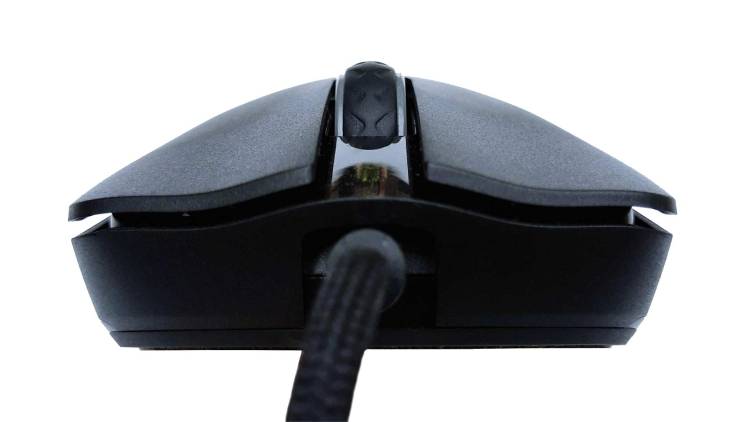
The primary mouse switches feature ergonomic grooves to keep your fingers centered. (Image credit: PC Invasion).
Like stated, we spent a good deal of time testing the Zephyr Pro for longevity, and we found some interesting results. The primary left button developed some play in it after about five weeks that resulted in unsatisfactory feedback. According to Marsback, this was a defect and something they cover in the one year warranty. The company shipped us a replacement, which we then tested for several months without any issues. With that said, watch out for any play in the primary switches and report it to get a replacement.
As for how the switches perform when functioning properly, our thoughts are positive. Those who like a bit of resistance to avoid accidental clicks (such as in battle royale titles where this can reveal your position) will be pleased with the primary switches. The scroll wheel button, DPI button, and side buttons all feel sturdy with decent feedback.
The size and shape of the mouse suggest it’s a one-size-fits-all design that will work for most hand sizes. I have smaller hands, but sampled it to others who found it plenty comfortable as well. Those with wide hands may find it a bit narrow though.
To wrap up, tracking feels great and the glide pads feel high quality. This makes the mouse a good choice for those who like to flick. Lastly, the scroll wheel offers plenty of grip, so you can swap weapons, or whatever the function, with precision.
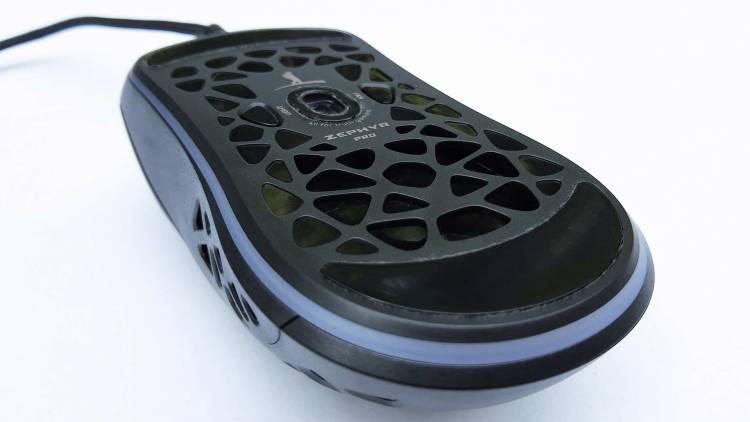
(Image credit: PC Invasion).
Software support
Software support comes along with this mouse, so you can tune it to your liking, and it’s quite good for being a one-off effort. It hardly takes any system resources, feels relatively easy to use and navigate, and works without a hitch. Peripheral software is notorious for being buggy, but that simply is not the case here, making it a great supporting feature to the hardware.
As you should expect with any decent peripheral, the software supports general device settings, macro functions, DPI tweaking, and lighting customization.
- A quick look at button mapping.
- DPI and general settings controls.
The one thing that does feel limited is the RGB option section. It’s hard to contend with apps like Corsair’s iCUE and Razer’s Chroma software that offer so many color choices and entire ecosystems of products to synchronize effects across. Still, Marsback offers the basics if you’re happy with some rainbow waves or static colors.
The important takeaway is that Marsback’s Zephyr Pro software works and won’t hurt your framerates.
Should you buy the Marsback Zephyr Pro gaming mouse?
It goes to show that there are plenty of neat products out there worth discovering. This mouse is sturdy, looks great, and has a unique draw. Although the integrated fan is nice, there’s plenty more on offer that makes it a decent buy. Our time with the Marsback Zephyr Pro was good overall, and the amount of hardware packed into this mouse is quite impressive.
However, it’s not without its flaws, as we noted about the fan vibrations, fan whine, and potential for issues with the primary buttons. With this in mind, the one year warranty feels a bit limited and the price a tad high given the fierce competition in the gaming mice market.
We can recommend the Marsback Zephyr Pro as a solid gaming mouse, but also hope the company keeps up its development efforts to produce yet another successor model that quashes the faults we noted in this review. Don’t feel like you need to wait for that though, because your palm will thank you during summer months.

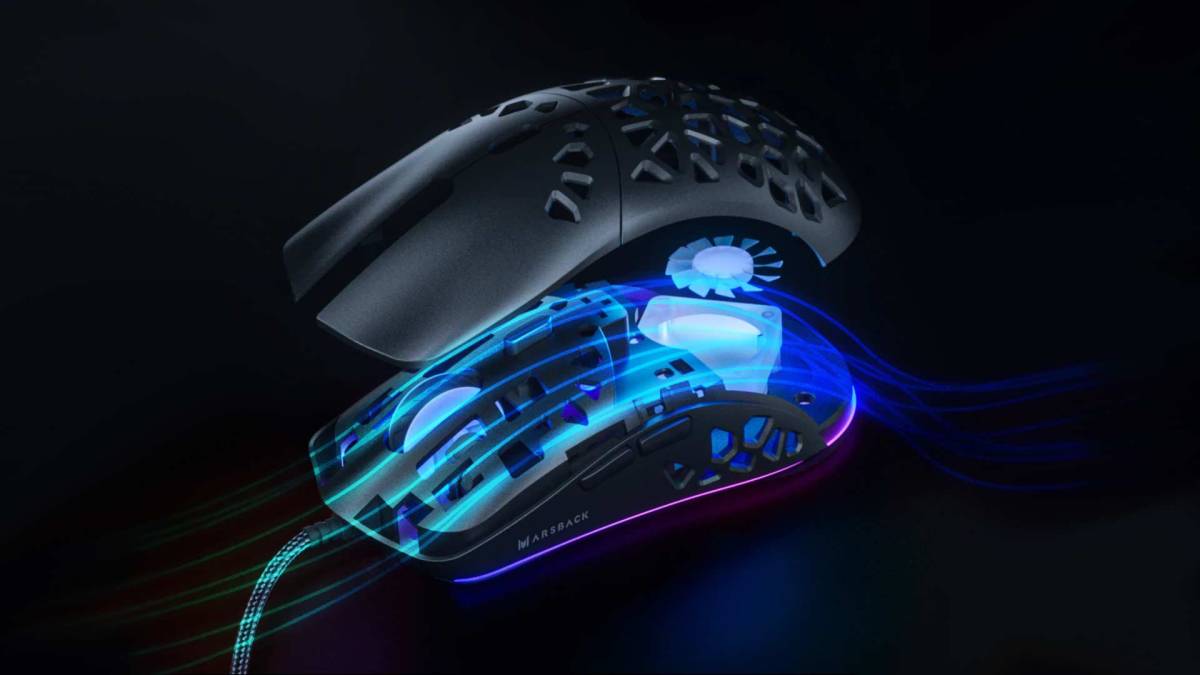
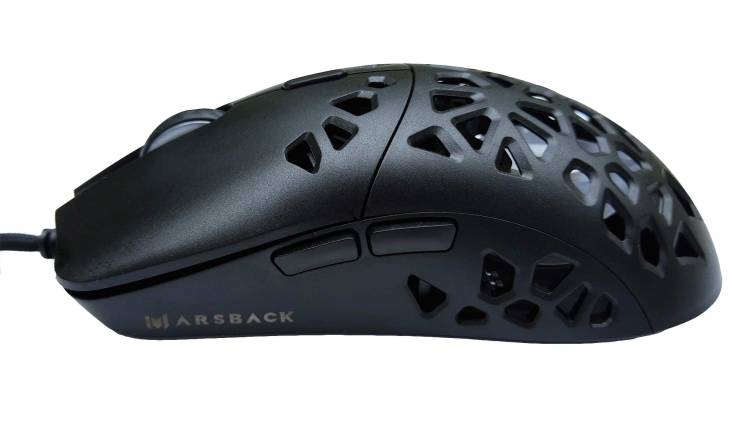
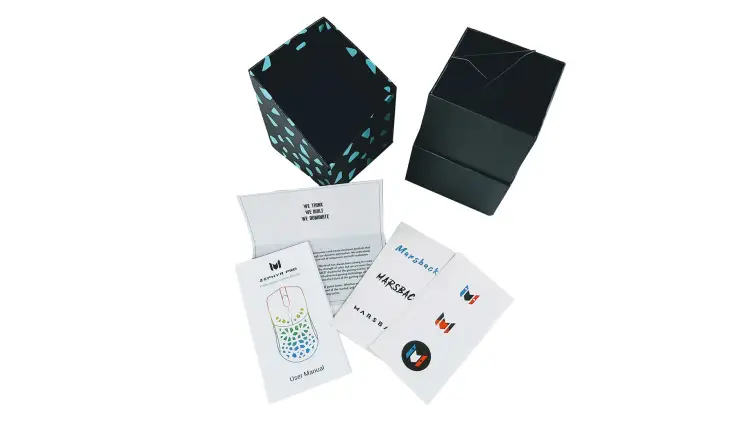
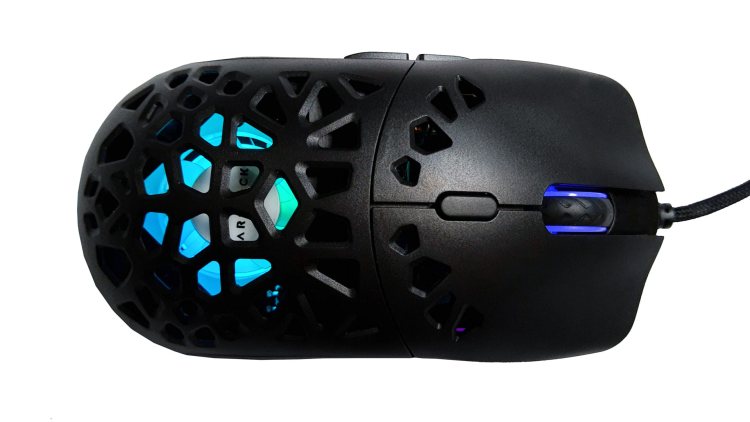
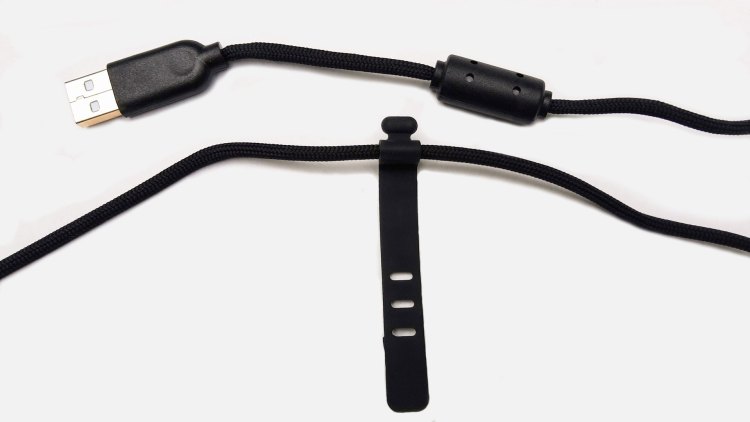


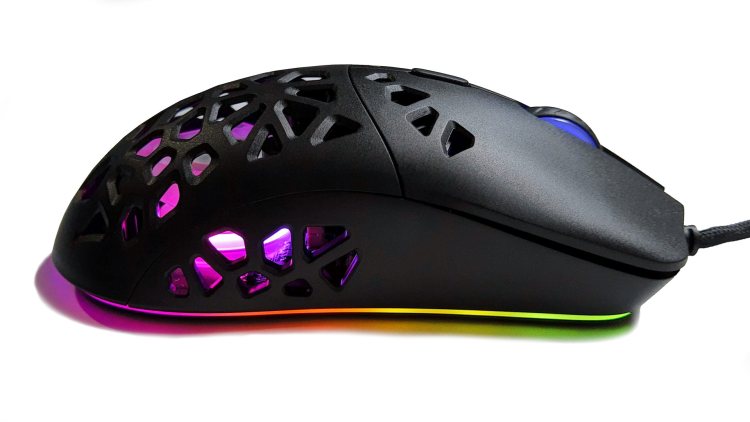





Published: Apr 7, 2022 02:00 pm